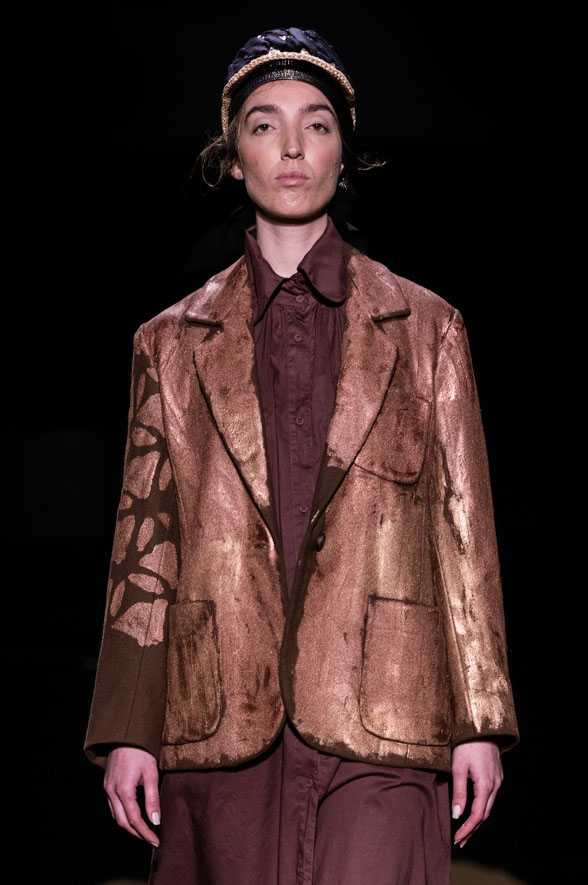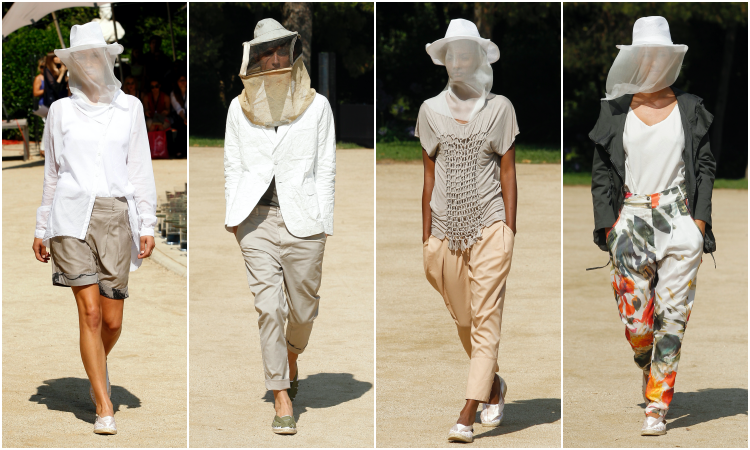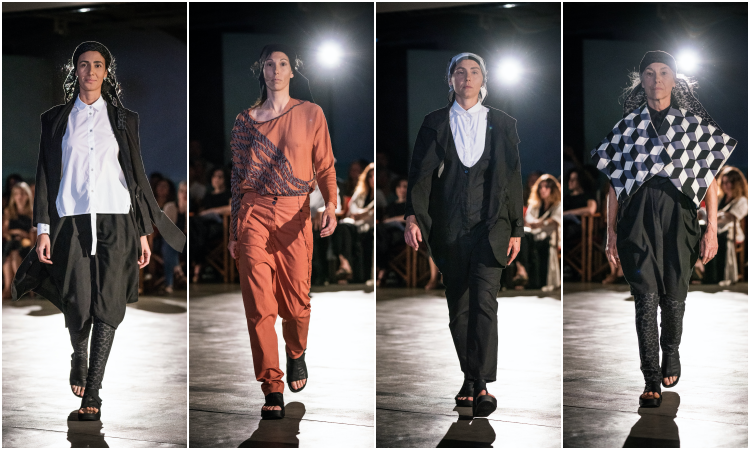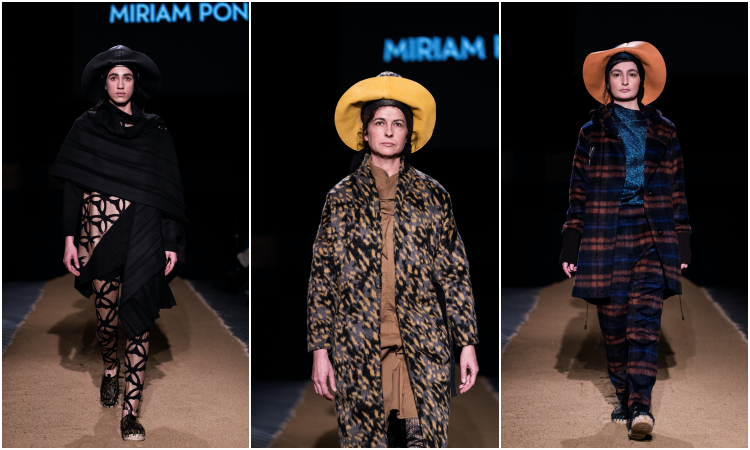Miriam Ponsa is more than a fashion designer, she is an activist from creation. Non-conformist with materials, curious about techniques and, above all, socially committed. It is from this vindictive commitment that she draws inspiration for the themes of her collections.
Respect for roots and cultural heritage, local production and the artisanal process are three of the fundamental points of her manifesto. In fact, each and every one of the firm’s designs are designed, cut, made and distributed from its workshops in Catalonia, combining modern techniques with the most artisanal ones. This concern for the recovery of artisan techniques and local culture was the inspiration for some of his first collections such as Trementinaires ( spring-summer 2010), Bugaderes (autumn-winter 2011-12), Fiesta Mayor ( spring-summer 2012), La cosecha dorada ( private-summer 2013) or Raiers ( spring-summer 2014). All of them inspired by traditional professions or local festivities.
Social injustice as a source of inspiration
Social injustice, the environment and the political struggle have also been the common thread of many of this designer’s proposals. I have a Dream (spring-summer 2019), inspired by the figure of Martin Luther King; L’Exili (autumn-winter 2015-16), on the exile caused by the Spanish Civil War; or Muses (spring-summer 2020), a tribute to women’s empowerment, diversity and self-acceptance; are just some examples. This last show also marked a before and after in the designer’s shows, as it broke with the canons of beauty and the firm’s catwalk has since opened up to models of different ages and sizes.
For her latest collection, Aral Sea (autumn-winter 2020-21) Miriam Ponsa is inspired by one of the most dramatic man-made ecological disasters: the disappearance of the Aral Sea. In 1960, the Aral Sea was the fourth largest lake in the world. But the USSR’s projects to channel water into the arid plains of Kazakhstan, Uzbekistan and Turkmenistan for irrigation and extensive cotton fields turned the lake into a desert of salt and toxic substances. The volume of the sea has been reduced by more than 80 per cent, leaving behind a graveyard of rusting ships in the salinised sand and serious health consequences for the region’s population.



Sea of Aral is her autumn-winter 2020-21 collection.
It is this salt desert and the rust of abandoned boats that inspired the designer for this collection. The fusion of iron with the sand of the desert, of man’s artificial imprint on nature, is achieved through different techniques. One of them is the colours. The shades of orange, camel, brown and copper take us to the Aral desert. The shapes follow the line of the firm’s previous collections. Oversize and organic to achieve comfortable garments that allow freedom of movement.
The fabrics and textures also stand out. Natural fabric s such as cotton, silk, mohair, cashmere and wool are the protagonists of the collection. But, in addition, macramé, stocking stitch, embroidery and the technique of handmade basketry add volumes and textures to the designs.
The choice of materials is based on the premise of quality and environmental awareness. For this firm, sustainability and the culture of recycling and reuse are a fundamental part of its creative process. A philosophy closely linked to the history of the Aral Valley which, once again, demonstrates that the fashion industry should never harm the environment where it is developed. The effort of the firms and economic policies is now to find alternatives so that the impact on the territory is positive.
Miriam Ponsa is conscious and conscientious fashion; far from the standards; created by and for women and designed and produced 100% in Catalonia.
Images courtesy of Miriam Ponsa.








